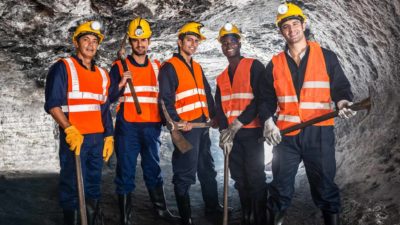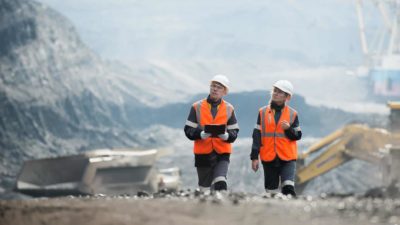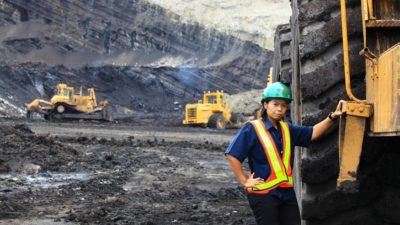The escalating trade war between the world's two largest economies could cut global economic growth but that may not have much impact on the soaring iron ore price.
That may sound counterintuitive given the tight link between economic activity and the price of the steel making commodity and investors shouldn't underestimate the risk to growth posed by growing trade tensions between US President Donald Trump and his Chinese peer Xi Jinping.
This is the key reason why the S&P/ASX 200 (Index:^AXJO) (ASX:XJO) index is losing ground along with other risk assets around the world.
Iron curtain to withstand the trade war
But the iron ore price may not yield much to the trade war induced slowdown as the market is facing a supply shortfall, according to UBS.
The broker noted that 2019 has been a tumultuous year for the iron ore industry with Vale SA's tragic Brumadinho dam collapse in Brazil at the start of the year the most prominent example.
This forced Vale to cut iron ore production forecast to 307 to 332 million tonnes (Mt) from 382 Mt for this year.
UBS believes output will come in at the lower-end to middle of the range if the Brucutu mine closure isn't overturned by the Brazilian court this year.
However, BHP Group Ltd (ASX: BHP) and Rio Tinto Limited (ASX: RIO) are also adding to the shortfall.
How Australia is contributing to higher ore prices
"In Australia, Rio Tinto has revised guidance from 337-350Mt to 333-343Mt, while BHP lowered FY 19 to 265-270Mt from 273-283Mt. Adding to the tightness has been strong steel production with China up 10% y/y [year-on-year] for Jan-Apr 19," said UBS.
"We see 2019 seaborne demand lifting by ~30Mt y/y, while seaborne supply is forecast to shrink by 40Mt. The latter is based on known outages and is prior to any lift in production from countries that used to export iron ore at previously higher prices."
This means there could be a 70Mt supply shortfall and probably explains why the iron ore price remains stubbornly high at around US$100 per tonne despite the growing macroeconomic headwinds that are weighing on other metal prices.
While the shortfall will likely be filled by high cost producers such as Iran and Indonesia, drawdown in inventories held at ports and increase scrap usage, the price of the commodity is likely to stay higher longer than what UBS was forecasting.
As a result, the broker has upgraded their iron ore price forecast by 8% for 2019 to US$90 per dry metric tonnes (dmt) and 4% for 2020 to $80/dmt.
The defensive price premium
This lifts the valuation of BHP, Rio Tinto and Fortescue Metals Group Limited (ASX: FMG), but not by enough for UBS to recommend any as a "buy" after their strong share price rally over the year.
However, I think investors might be willing to cough up a bigger premium for stocks that offer a safe harbour from the uncertainty caused by the growing trade war.
Such stocks tend to be in the traditionally defensive sectors like healthcare and utilities, but BHP and Rio Tinto look like they also fit this mould given their strong balance sheet and the stronger for longer outlook for iron ore.








